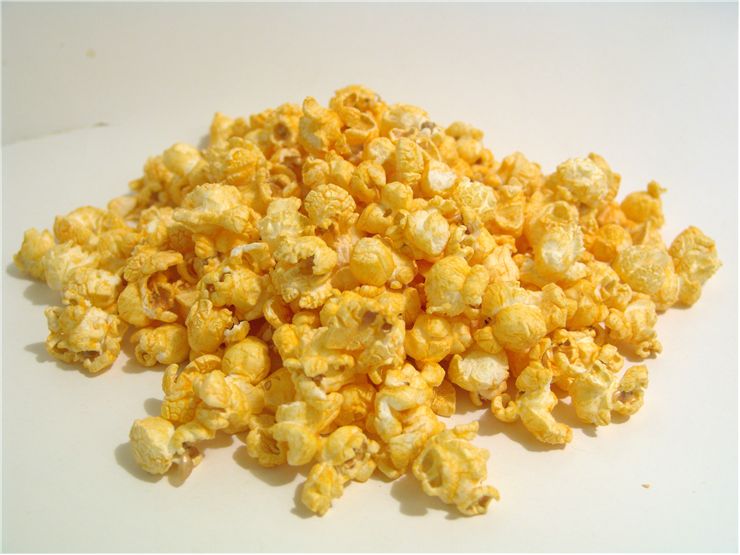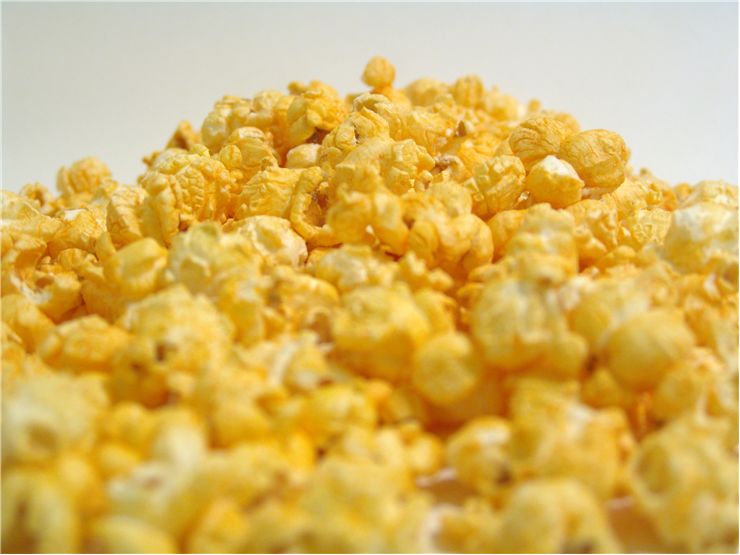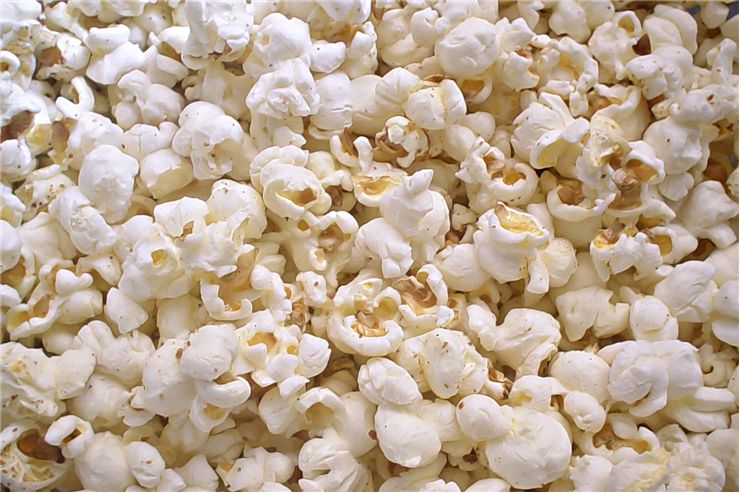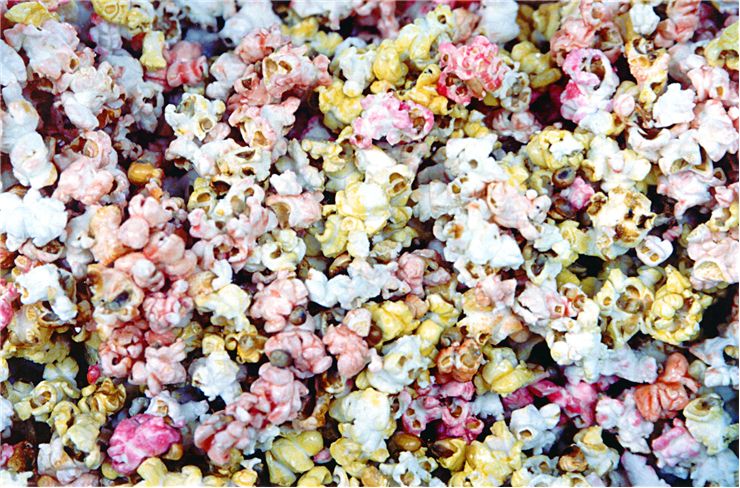Origin and History of Popcorn
Popcorn (or popping corn) is a type of corn that has kernels that expand and puff up when heated to a sufficient temperature. Popped kernels (known as a "flakes") are salted or sweetened and eaten as a snack. Some regard popcorns as health food while others think of it as junk food. Popcorn kernels explode because they have a dense interior composed of starch and a hull that is hard and moisture-sealed. When the temperature rises, steam is generated inside the kernel. This builds the pressure until the point where hard hull breaks and a flake is created.
Scientists found archeological evidence that popcorn originated from Mexico some 9,000 years ago. Aztecs, Incas, and Mayans used it for food and decoration. India, China, and Sumatra also knew about popcorn before Americas were discovered at all, although we don’t know how popcorn came to there. First people to eat popcorn probably discovered method of preparation by accident. Incas used specially shaped clay pots for popping corn. They placed heated sand in these pots and then placed popcorn on the sand. Pots had covers to prevent popcorns to fly out of pots when the heat of the sand pops them.
When the Colombo came to Americas, Americas had over 700 types of popcorn. Iroquois made popcorn soup from popcorns while Indians of Central America made beer from these corns. When not used for food, people made jewelry and decorations out of popped popcorns.
In the 18th century people made cereals by mixing popcorns with milk and sugar. Charlie Cretors invented the first automatic popcorn popper machine in 1885. It was powered by steam. In 1890 popcorn popper was invented that had glass sides and a gasoline burner. It became very popular at circuses, carnivals, fairs and at street vendors. Fred and Louis Rueckheim started selling mixture of popcorn, peanuts, and molasses they called “Cracker Jack” in 1893. First bags of popcorns for home use are sold in 1914.
When movies and movie theaters became popular, popcorn vendors started selling their goods there (usually in front of the theaters). When Charles T. Manley invented electric popcorn machine in 1925, vendors moved inside the theater and stayed there until the present day. At first they sold popcorns in paper bags for people to eat while watching movies but those bags made too much rustling noise so they switched to paper buckets.
With the Second World War, popcorn became popular in other countries. Because of sugar rations candy production also suffered and Americans started eating three times much popcorns than before.
With an invention of television and its popularity in 1950s, popcorns move to homes where they are prepared with electric and hot-air popcorn poppers. These poppers became even more popular with the rise of video tape industry in 1970s and 1980s.
Today 10% of all popcorn kernels are used for seeds or exported out of United States, 30% is eaten at ball games, movie theaters, and other outdoor activities, and 60% are prepared and eaten at home.



